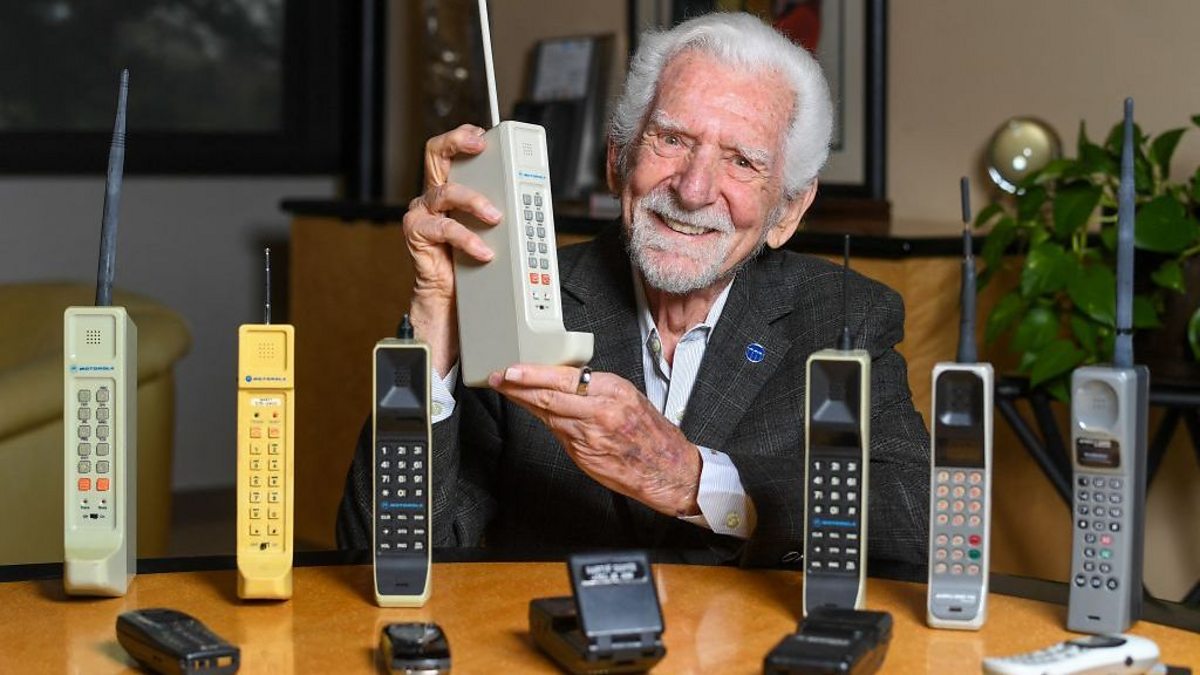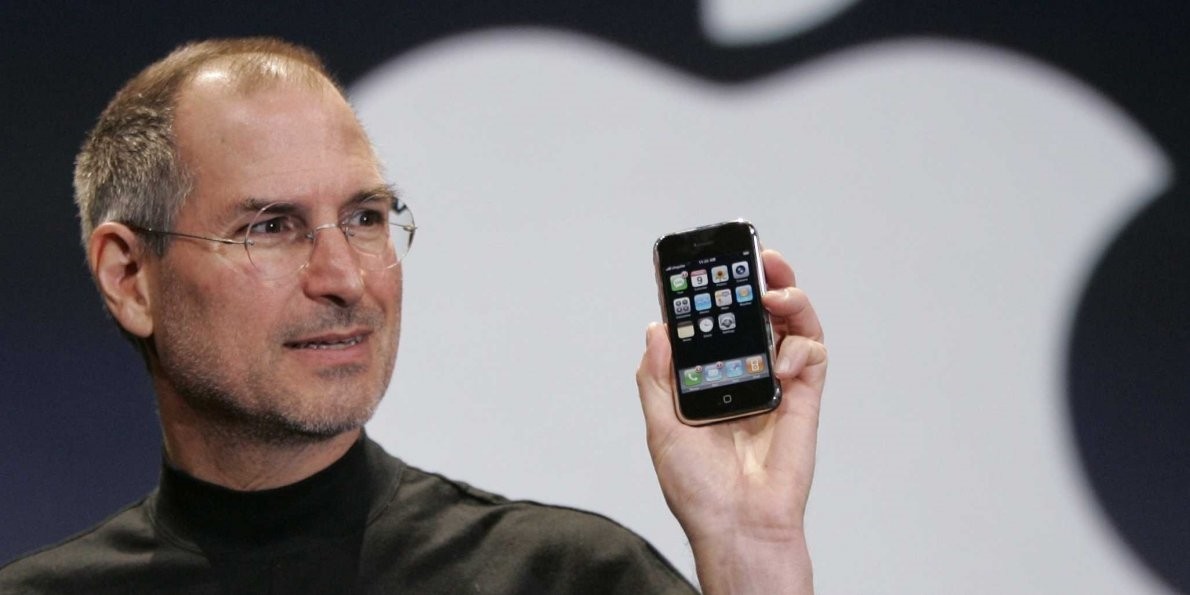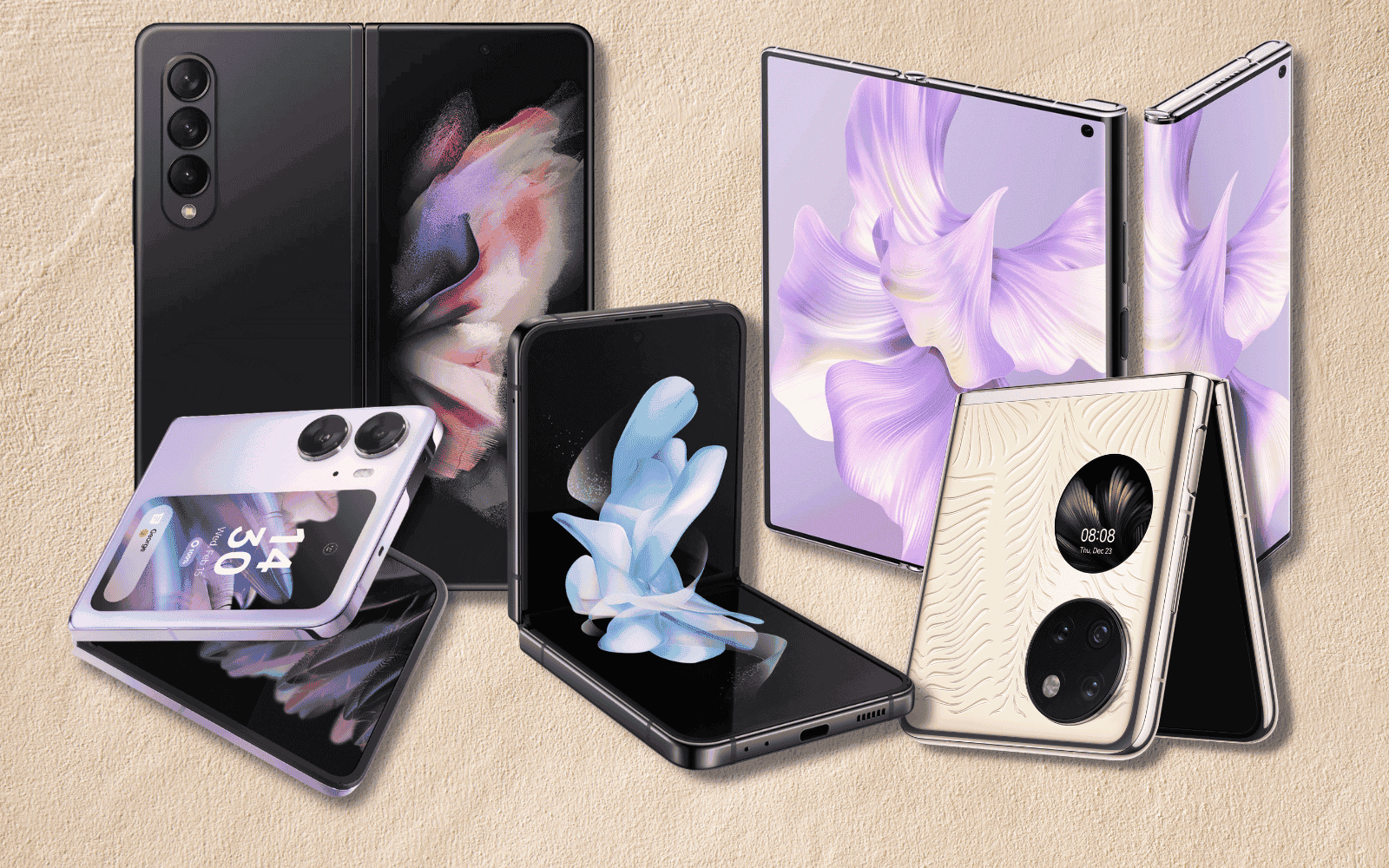Table of Contents
- The Birth of Mobile Phones: The Early Days
- The Rise of Feature Phones: A Step Towards Smart Devices
- The Smartphone Revolution: Touchscreens and Internet Connectivity
- The Era of Mobile Apps: Redefining How We Use Phones
- The Future of Smartphones: AI, Foldable Displays, and Beyond
1. The Birth of Mobile Phones: The Early Days
The story of mobile technology began in the 1970s when the first mobile phones were developed for basic communication. In 1973, Martin Cooper, an engineer at Motorola, made the first-ever mobile phone call using the Motorola DynaTAC 8000X. These early phones were bulky, expensive, and had limited battery life, but they laid the foundation for what would become a global revolution in communication.
Throughout the 1980s and early 1990s, mobile phones remained a luxury item, primarily used by business professionals and government officials. The first-generation (1G) networks enabled voice communication, but these devices lacked texting or internet capabilities. The high cost and limited coverage areas meant that mobile phones were far from being a household necessity.

2. The Rise of Feature Phones: A Step Towards Smart Devices
By the late 1990s and early 2000s, mobile phones became more affordable and compact, leading to the rise of feature phones. Brands like Nokia, Ericsson, and BlackBerry dominated the market, offering devices with physical keypads, monochrome screens, and improved battery life.
The introduction of Short Message Service (SMS) revolutionized communication, allowing users to send text messages. Additionally, the launch of second-generation (2G) networks improved call quality and enabled early mobile internet access through WAP (Wireless Application Protocol). Nokia’s iconic 3310, released in 2000, became one of the best-selling phones of all time, known for its durability and long-lasting battery.

3. The Smartphone Revolution: Touchscreens and Internet Connectivity
The transition from feature phones to smartphones began in the mid-2000s with the advent of devices capable of internet browsing, media playback, and advanced software functionalities. The release of the Apple iPhone in 2007 marked a significant turning point in mobile technology.
Steve Jobs introduced the iPhone as a touchscreen device with a full web browser, a music player, and phone capabilities—all in one sleek package. This device eliminated the need for physical keyboards and introduced capacitive touchscreen technology, which allowed users to interact with their phones using simple gestures.
Around the same time, Google launched Android, an open-source operating system that enabled multiple manufacturers to develop smartphones with varying price points and features. The introduction of 3G networks further enhanced the smartphone experience by enabling faster data speeds, video calls, and mobile applications.

4. The Era of Mobile Apps: Redefining How We Use Phones
The rise of mobile applications transformed smartphones into indispensable tools for work, entertainment, and social interactions. Apple's App Store and Google Play Store provided users with millions of apps, ranging from social media platforms like Facebook and Instagram to productivity tools like Google Drive and Microsoft Office.
The smartphone industry also saw major hardware advancements during this period. High-resolution cameras, powerful processors, and improved battery technology turned smartphones into professional-grade photography tools and gaming consoles. The introduction of 4G LTE networks in the early 2010s further revolutionized connectivity, allowing users to stream high-definition content, make video calls, and browse the web at unprecedented speeds.

5. The Future of Smartphones: AI, Foldable Displays, and Beyond
As we look ahead, smartphones continue to evolve with groundbreaking innovations. Artificial intelligence (AI) is now deeply integrated into smartphone experiences, with voice assistants like Siri and Google Assistant becoming more advanced. AI-powered features such as real-time language translation, personalized recommendations, and intelligent photography enhancements are redefining user experiences.
Foldable smartphones, introduced by companies like Samsung and Huawei, represent the next phase in mobile innovation, offering larger displays without compromising portability. Additionally, the development of 5G technology is enabling ultra-fast connectivity, supporting applications like augmented reality (AR), virtual reality (VR), and the Internet of Things (IoT).
The future of smartphones will likely involve even greater integration with wearable technology, smart homes, and immersive digital experiences. With continuous advancements in battery life, display technology, and AI capabilities, smartphones will remain at the center of our digital lives for years to come.


You must be logged in to post a comment.